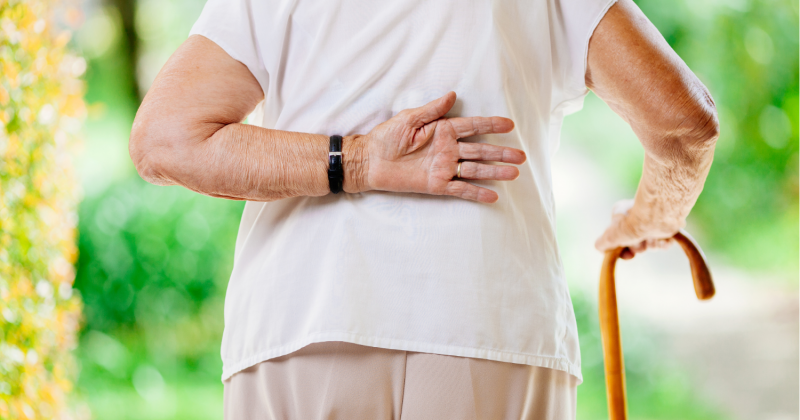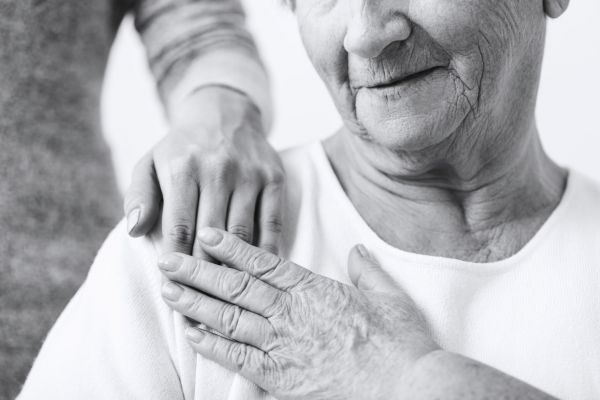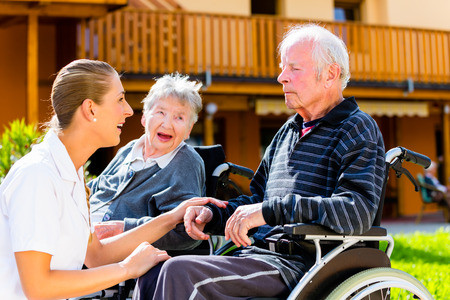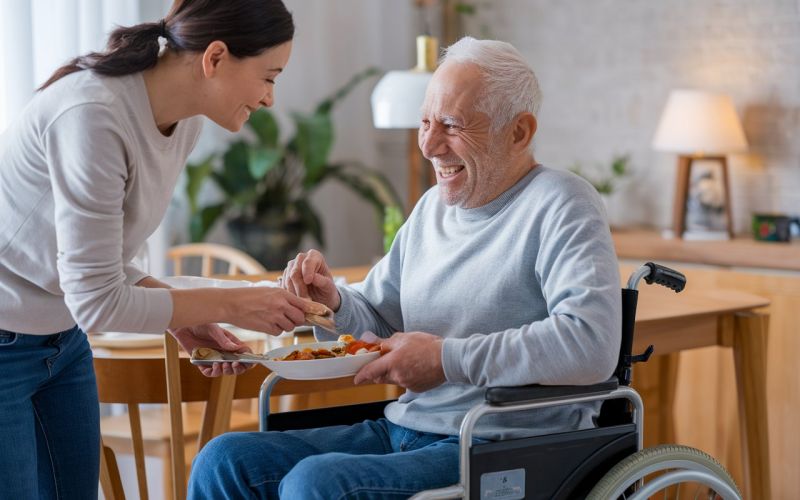Effective Strategies to Manage and Alleviate Pain in Elderly Patients
iSavta | 28.01.2024

As individuals age, the likelihood of experiencing chronic pain increases. Pain management in elderly patients requires a comprehensive approach that addresses their unique needs and challenges. By understanding the underlying causes of pain, implementing appropriate treatments, and promoting a holistic approach to care, healthcare professionals can significantly improve the quality of life for elderly patients. In this article, we will explore effective strategies to manage and alleviate pain in elderly individuals.
Identify the Source of Pain:
Accurate diagnosis is crucial for effective pain management. In elderly patients, pain can be multifactorial, resulting from conditions such as arthritis, osteoporosis, neuropathy, or other age-related ailments. Conducting a thorough medical assessment, including physical examination, imaging tests, and laboratory investigations, can help identify the source and nature of the pain.
Tailor Treatment to Individual Needs:
Elderly patients often have comorbidities and may take multiple medications, which necessitates careful consideration when prescribing pain management interventions. Medication adjustments should account for age-related changes in metabolism and potential drug interactions. A multidisciplinary approach involving healthcare professionals, including physicians, physiotherapists, occupational therapists, and pharmacists, ensures a comprehensive treatment plan tailored to the individual's needs.
Non-Pharmacological Interventions:
Non-pharmacological interventions can provide significant relief and complement medication-based treatments. These interventions include physical therapy, occupational therapy, acupuncture, massage therapy, and heat or cold therapy. Physical and occupational therapies help improve strength, flexibility, and mobility while reducing pain. Complementary therapies, such as acupuncture and massage therapy, can reduce muscle tension and promote relaxation.
Pharmacological Interventions:
Pharmacological interventions play a crucial role in pain management for elderly patients. However, medications should be used judiciously and closely monitored due to age-related changes in metabolism and increased susceptibility to adverse effects. Nonsteroidal anti-inflammatory drugs (NSAIDs), acetaminophen, and opioids are commonly prescribed for pain relief. Careful consideration should be given to the potential risks associated with opioid use, including the risk of addiction and respiratory depression. Regular reassessment of medication efficacy and potential adverse effects is vital for maintaining optimal pain control.
Psychological and Emotional Support:
Chronic pain can have a significant impact on the psychological well-being of elderly patients. Feelings of frustration, helplessness, and depression are common. Incorporating psychological interventions, such as cognitive-behavioral therapy and relaxation techniques, can help manage pain-related distress. Encouraging elderly patients to engage in social activities and providing emotional support can also alleviate their pain by promoting a positive mindset.
Assistive Devices and Home Modifications:
For elderly patients with chronic pain, modifications to their living environment can reduce physical strain and enhance their ability to manage pain. Assistive devices, such as grab bars, raised toilet seats, and mobility aids, can improve safety and mobility, thereby reducing pain-inducing accidents. Ensuring that homes are well-lit and free of hazards can also prevent falls and subsequent pain.
Nutritional Support:
Nutrition plays a crucial role in pain management for elderly patients. A well-balanced diet rich in nutrients can help reduce inflammation and promote overall well-being. Omega-3 fatty acids, found in fish and flaxseed, have anti-inflammatory properties and can help alleviate pain. Consulting with a registered dietitian can help develop personalized dietary plans that support pain management goals.
Regular Exercise:
Exercise is essential for managing chronic pain in elderly patients. It helps maintain joint flexibility, muscle strength, and overall physical function. Low-impact activities such as walking, swimming, and tai chi are particularly beneficial. A tailored exercise program designed by a healthcare professional can ensure that elderly patients engage in safe and effective physical activity.
Conclusion:
Managing and alleviating pain in elderly patients requires a multifaceted approach that considers their unique needs and challenges. By identifying the source of pain, tailoring treatment plans, and incorporating non-pharmacological interventions, healthcare professionals can significantly improve pain control and enhance the overall quality of life for elderly individuals. With a comprehensive and holistic approach, it is possible to effectively manage and alleviate pain in this vulnerable population.












